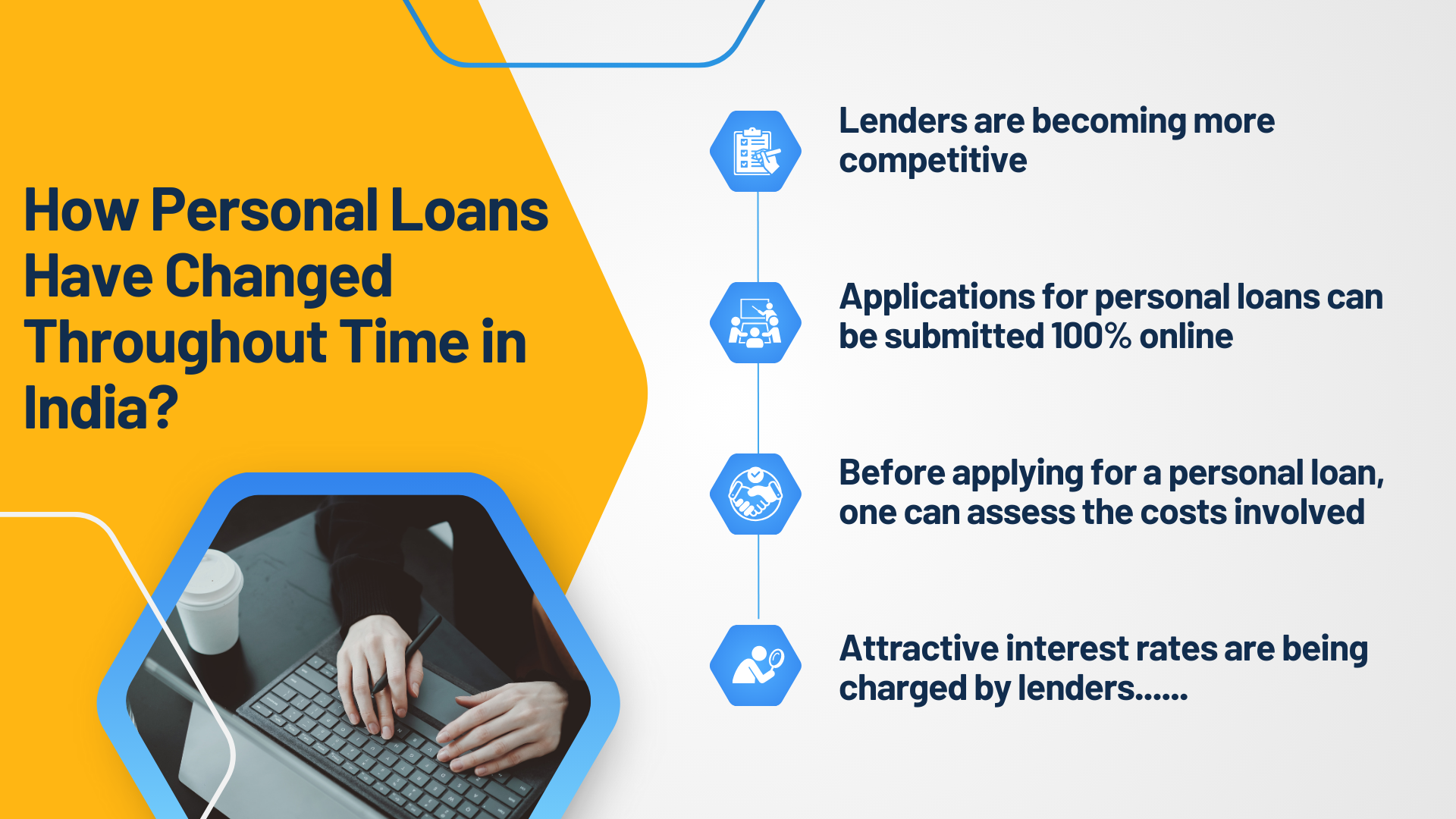Implementing the proper change management approach can assist your team in navigating the complicated and frequently overwhelming challenge of managing change in a way that minimises interruption and maximises success.
Consider it a personal road map for navigating the sometimes difficult path of change.
There is something for everyone, whether you want to undertake a major shift inside your organisation or merely increase your team's ability to adapt to change.
What is the Change Management Process ?
The change management process is a set of interconnected tasks that must be completed in order to put a change management strategy into action. It entails developing and implementing effective change strategies for bringing about changes in teams and organisations.
Individual change management processes — or a mix of them — are available for the following:
Team processes and workflows are being improved.
Implementing new technology.
Saving money.
Profit growth.
Changing the organisation of the staff.
Changing operational and commercial objectives.
Assume you want to assure your company's effective softwar adoption.
The difficulty is not simply implementing technological change. However, you must be prepared for changes in staffing levels, fresh recruitment campaigns, redundancy elimination, and structural changes. For example, efficiently training personnel on new technologies might raise business costs.
To successfully adopt new technology into your organisation, you must clearly remember a variety of factors. With a professionally crafted change management strategy, you may cover all areas, increasing the likelihood of success.
What are the benefits of implementing the Change Management Process ?
At this point, the question is, "How will change management benefit your business?"
So let's get started! The following are the major advantages of using a change management process:
Driving Change Successfully: Successful change management requires everyone to collaborate towards a unified goal. While it may be uncomfortable and interrupt day-to-day operations at first, it aids in the discovery of issues that must be addressed and remedied in order for the organisation to grow and progress.
Improving communication: Thorough communication planning is an essential component of successful change management processes to keep everyone informed about the process, what's going on, and what to expect. This allows the participants to improve their communication skills in the future while also facilitating the transformation initiative.
Developing better leaders: Best practises in change management recommend choosing an effective change agent who is well-versed in the fundamentals of change management. While you can choose someone from outside the organisation, many executives choose to hire someone from within. This not only opens up new options for an individual, but it also improves their leadership abilities, leading to higher job satisfaction.
Smoother change transitions: With a professionally crafted change management strategy, your organisation will transition more seamlessly from its current state to its desired state. It also aids in the handling of opposition from individuals, teams, and operational managers, which is one of the most difficult tasks of change management.
Internal and external alignment is improved: As a result of change management. At the same time, it will match your entire company with its market, increasing staff response and improving client experiences.
Improved project outcomes: Because effective change management methods minimise implementation timelines, more projects succeed. Furthermore, as time goes on, your staff will become more confident in your company's responsiveness to internal and external factors, thereby assisting in the drive for change.
5 Steps In The Change Management Process
1. Get the organisation ready for change
An organisation must be both logistically and culturally prepared to undertake and achieve change. To attain the best commercial results, cultural preparation must occur prior to entering into logistics.
During the planning phase, the manager focuses on assisting people in recognising and comprehending the need for change. They promote awareness of the numerous issues or problems confronting the organisation, which operate as change agents and cause unhappiness with the status quo. Obtaining early buy-in from employees who will assist in the implementation of the change can help to reduce friction and resistance later on.
2. Create a Change Vision and Plan
When an organisation is ready to embrace change, managers must devise a comprehensive, realistic, and strategic plan for implementing it.
The strategy should include the following information:
Strategic objectives: What objectives does this modification assist the organisation in achieving?
Indicators of key performance: How will success be determined? What measurements must be relocated? What is the starting point for how things currently stand?
Project participants and team: Who will be in charge of implementing change? At each important point, who must sign off? Who will be in charge of implementation?
Project scope: What specific activities and actions will be included in the project? What falls outside the scope of the project?
While a systematic approach is essential, the strategy should also account for any unknowns or bottlenecks that may occur during the implementation process and necessitate agility and flexibility to overcome.
3. Put the Changes into Action
All that remains after creating the plan is to follow the actions indicated within it to achieve the necessary change. The nature of the endeavour will determine if this entails changes to the company's structure, strategy, systems, procedures, employee behaviours, or other factors.
Change managers must focus on motivating their workers to take the necessary measures to achieve the initiative's goals and celebrate any short-term wins during the implementation phase. They should also try to anticipate bottlenecks and, once detected, prevent, remove, or reduce them. Throughout the implementation process, it is vital to communicate the organization's vision repeatedly to remind team members why change is being pursued.
4. Incorporate Changes into Company Culture and Practises
After the change project is done, change managers must prevent a reversion to the previous condition or status quo. This is especially crucial for organisational change connected to business processes such as workflows, culture, and strategy formulation. Employees may revert to the "old way" of doing things if no strategy is in place, especially during the transition time.
Backsliding is made more difficult by integrating changes into the company's culture and practices. New organisational structures, controls, and reward systems should all be viewed as tools to help change sticks.
5. Evaluate Progress and Analyse Results
A change initiative's completion does not imply that it was a success. Conducting an analysis and review, sometimes known as a "project post mortem," can assist corporate leaders in determining whether a change initiative was a success, failure, or a mixed bag. It can also provide useful insights and lessons that can be applied to future transformation initiatives.
Conclusion
As a leader, you must understand the change management process in order to ensure that your entire organisation can seamlessly handle shifts. By doing so, you may assess the possible impact of any organisational changes and better prepare your teams. When your team is prepared, you can ensure that everyone is on the same page, establish a comfortable environment, and involve everyone in working towards a similar objective.


